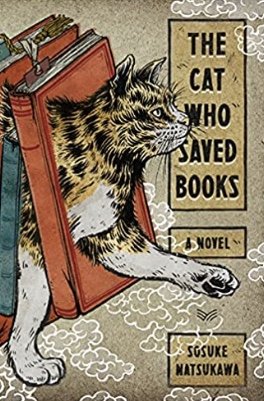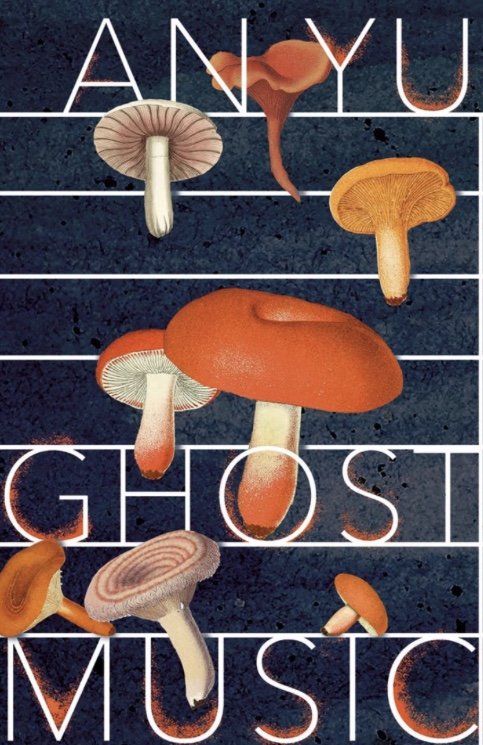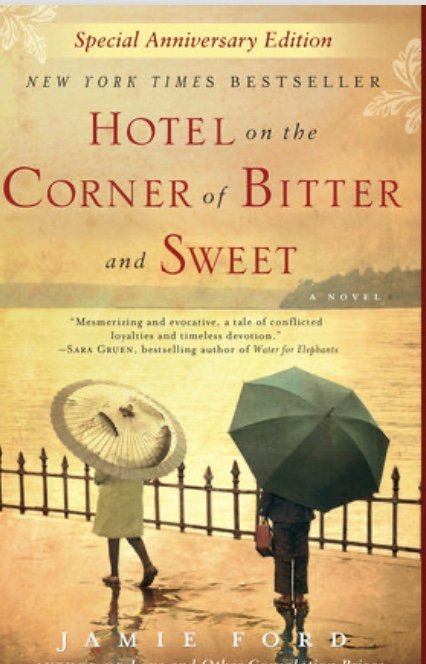Wanting Mor by Rukhsana Khan (Groundwood Books)
Rukhsana Khan is a Canadian children’s book writer who was born in Lahore, Pakistan and currently lives in Toronto, Canada. She writes mostly about Muslim culture and the Middle East.
Wanting Mor is set in post-Taliban Afghanistan. Jameela is a young girl and a devout Muslim whose mother is her inspiration. She was born with a cleft lip and because of that she didn't have many friends. Her father is originally from Kabul and is currently helping to build a new road for the rural village that they live in.
The story opens with the death of Jameela’s Mor, the Pushto word for mother. Without her mother’s guidance, Jameela doesn’t know what will become of her life. There is no school in her war-torn village so she can not read or write. Jameela often avoided her Baba, the Pushto word for father. He had an unpredictable temper and didn’t like the way he would look at her lip, “like somehow it was my fault I was born this way.”
A few days later as Jameela is doing the laundry, her father returns from work and says to pack up everything and tells her they’re leaving. He tells her he sold all their belongings and said they were moving to Kabul. Jameela couldn’t protest and the only thing she was able to take with her was a bundle of her wet clothes and a comb.
She does manage to say goodbye to her Mor at her gravesite. Jameela who has never left her village feels that she can hear her mother saying, “Remember the man who asked the Prophet (peace be upon him) for advice. What did the Prophet (peace be upon him) tell him?” “Don’t become angry. Don’t become angry. Don’t become angry.”
Her father takes them to a house where Jameela is immediately put to work. She can see her father getting money from the man who owns the house. The man’s wife first tells her to clean the pots in the kitchen. They need scrubbing but Jameela who has never lived in the city has never seen soap. The dishes are done by using ash. Jameela doesn’t know what soap is, she can’t believe that you can get water inside the house and don’t need a hauling bucket.
Jameela tries her best to please the woman of the house. She quickly learns how to use a gas stove, how to use water and soap to scrub pots. What she can’t get used to is seeing her father act the way he does - drinking alcohol, getting drunk, dancing with another man’s woman at a party. She has to keep reminding herself - “Don’t become angry. Don’t become angry. Don’t become angry.” It becomes her mantra of sorts.
Things do not work out at the house but Jameela’s father already had a new plan in motion. He drags Jameela to another house and tells her, “Jameela, this will be your new mother”. Jameela’s new stepmother is even more demanding than the previous woman. The mother treats her like a slave and doesn’t like her. Finally, one day, Jameela’s father takes her to a busy market with him. He tells her he needs to do something, then abandons her there.
What becomes of Jameela is tragic and yet inspiring. A kind-hearted man takes her to an orphanage where she at least has a temporary home, makes friends and learns how to read and write. She is a testament to her faith and convictions. Her Mor always remains in her heart. Mor was her mentor, her role model, her pillar of strength. Now with no mother, and no father too, Jameela must face the world on her own. Her mother always told her, “If you can’t be beautiful you should at least be good.” She takes this advice to heart and endures a countless number of hardships before an orphanage takes her in.
The author, Rukhsana Khan says that although the story is fiction it was based on an actual incident. She read a report on children in crisis that was issued by Afghanistan’s department of orphanages. In the report, it mentioned the story of a girl named Sameela. Her mother had died during the war, her father remarried and the new stepmother didn’t want her, so the father took her to the marketplace and left her there.
It’s so sad to hear of reports like this and at times I found it irritating how governments refer to civilian deaths as “collateral damage” but the statistics doesn’t include the hundreds, if not thousands, of children, who are left as orphans. And the actions of the father in this story is as repulsive as the true life report. When will world leaders learn, “in war, there are no winners” or as the United Nations tweeted on their official Twitter account, “There are no winners in war, but countless lives will be torn apart.” ~Ernie Hoyt





















